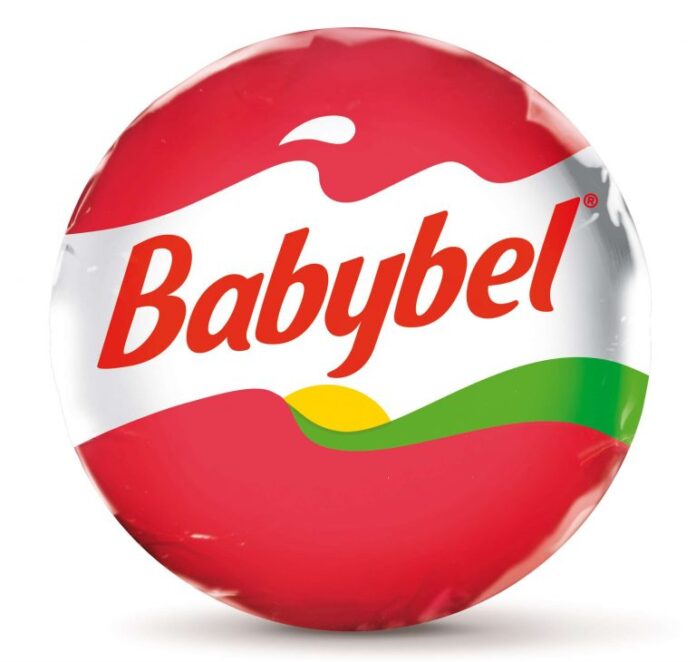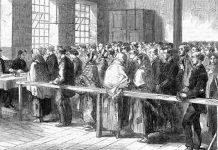Crisps, chocolate and cheese are among the worst foods for packaging recyclability, with brands including Pringles, Cadbury and Babybel failing to do their bit for the environment, a new Which? investigation has revealed.
The consumer champion analysed 89 of the UK’s best-selling branded groceries and found only a third (34%) had packaging that was fully recyclable in household collections. To make matters worse, around four in 10 (41%) items had no labelling to show if they could be recycled, leaving consumers none the wiser about how to dispose of them.
Which? looked at 10 different categories of items including popular brands of chocolate, fizzy drinks, crisps, yoghurts, drinks, cheese, bread loaves and cereals. Which? experts broke down each item’s packaging into its component parts, weighed them and assessed whether each piece could be easily recycled.
The recyclability of different types of groceries varied hugely. The worst category by some distance was crisps, with only three per cent of packaging recyclable in household collections. This included Pringles and their notoriously hard to recycle combined material tube.
The tube’s plastic lid made it the only product in the category to have at least one component that was recyclable in household recycling. However it wasn’t labelled to say so and the tube design is far heavier than any other packaging in this category – so it would take more energy to transport.
The best of a bad lot in this category was a Quavers multipack. None of the individual packets of crisps were easily recyclable, but the outer bag, at least, was recyclable at supermarket collection points. However it wasn’t labelled to say so, meaning consumers could mistakenly throw it out with everyday rubbish.
While significantly better than bagged snacks, when Which? took apart and analysed cheese packaging it found that a third (34%) was not easily recyclable. Snack packs of Cathedral City and Babybel were packaged in plastic net bags, which are not only difficult to recycle but can also cause problems if they get caught up in the recycling machines accidentally.
Cheestrings were also found to be problematic, with packaging that was not recyclable in household collections.
At the other end of the spectrum, packaging for Dairylea Cheese Triangles, Seriously Spreadable Cheese and Laughing Cow triangles was all recyclable – but all had this important information missing from their labels at the time of testing. Philadelphia Soft White Cheese’s packaging is recyclable and was correctly labelled.
Among the chocolate snacks Which? looked at, almost a third of packaging was not recyclable. Favourites like four finger KitKats, Cadbury Bitsa Wispa, M&Ms, Cadbury Dairy Milk bars and Cadbury Twirl Bites were all found to not be recyclable in household recycling at all.
The Galaxy Smooth bar had 100 per cent recyclable packaging, but due to a lack of labelling risked being thrown out in the same way as its less eco-friendly counterparts.
None of the bread packaging Which? looked at was recyclable in household collections. But it was recyclable if taken to supermarket collection points alongside plastic bags. All of it was labelled.
The most recyclable category was fizzy drinks, which were found to be 100 per cent recyclable. All 10 items Which? looked at in this category were correctly labelled.
Juice drinks were mainly recyclable in household collections, with the exception of Ocean Spray and Capri-Sun. Ocean Spray cartons are like Pringles tubes in that they are made of mixed materials that make them difficult to recycle in household collections, while Capri-Sun’s foil pouches are not recyclable.
In a separate survey, Which? found that the recyclability of grocery packaging is important to eight in 10 respondents (79%), and two thirds (67%) often or always look for recycling info on grocery packaging before deciding how to dispose of it.
Some brands are trialling more environmentally sound options. Pringles is testing a new recycled paper tube at several UK Tesco stores, which if successful could be pushed out more widely.
In response to Which?’s findings, some manufacturers said that food waste had a larger carbon footprint than plastic waste and claimed that moving away from traditional packaging to recyclable alternatives could lead to compromised, stale or damaged food. Some also said that their packaging was recyclable at TerraCycle collection points.
But Which? believes that a lack of consistency and hugely varied approaches to grocery packaging shows that some manufacturers could be doing a lot more to ensure the materials used to package their products do not end up in landfill.
The responsible use of the right materials to package food is just one part of the problem. In order to tackle unnecessary waste, products also need to be correctly labelled with clear instructions of how packaging should be disposed of.
The recurring inconsistencies Which? has found on the way groceries are labelled when it comes to recyclability shows how confusing it is to navigate for even for the most environmentally conscious consumers.
Which? is calling on the government to make recycling labelling simple, clear and mandatory, so that all consumers are able to make informed decisions when buying groceries.
Natalie Hitchins, Which? Head of Home Products and Services, said:
“Consumers are crying out for brands that take sustainability seriously and products that are easy to recycle, but for any real difference to be made to the environment, manufacturers need to maximise their use of recyclable and recycled materials and ensure products are correctly labelled.
“To reduce the waste that goes to landfill, the government must make labelling mandatory, simple and clear, enabling shoppers to know exactly how to dispose of the packaging on the products they consume.”







